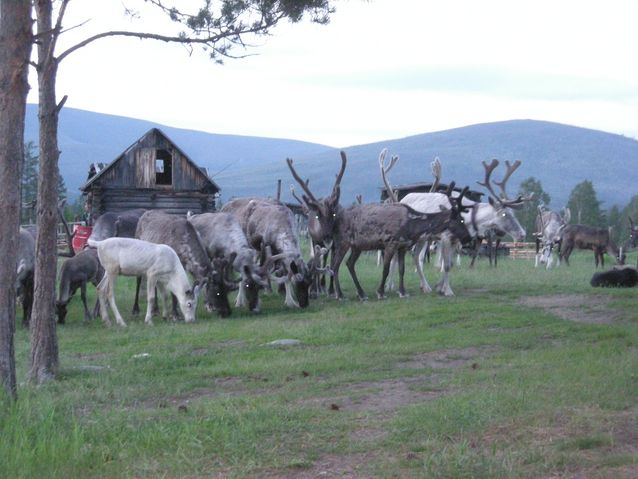Mika Lavento
Born March 29, 1962, Kajaani
Master of Arts 1989, Licentiate 1997, PhD 2001
Docent in archaeology 2001, University of Helsinki
Professor of archaeology 2004–, University of Helsinki
Senior research fellow 2008–09 Norwegian Academy of Science and Letters
University lecturer 2001–03, University of Helsinki
Research associate 1991–2001, University of Helsinki
Field researcher 1986–91, Finland's National Board of Antiquities
Publications, research projects and other academic activity
Research themes:
The Bronze Age, the late Neolithic Stone Age, geoarchaeology, archaeological inventory
Positions of responsibility, awards and special achievements:
Member of the Finnish Society of Sciences and Letters 2012–
President of the Finnish Antiquarian Society 2010–
President of the Archaeological Society of Finland 1999–2002
Photo: Mika Federley
Written by Mika Lavento (Kaija Hartikainen ed.)
Translated by Matthew Billington

